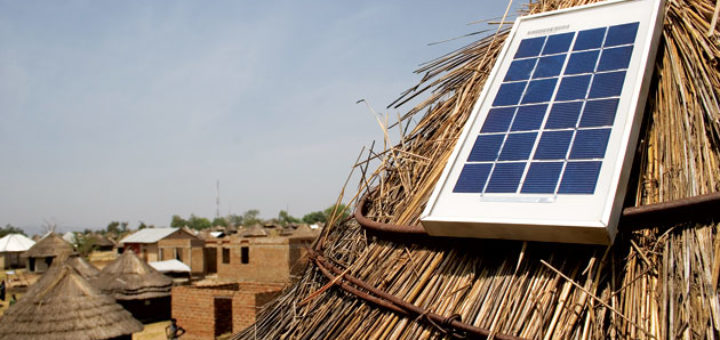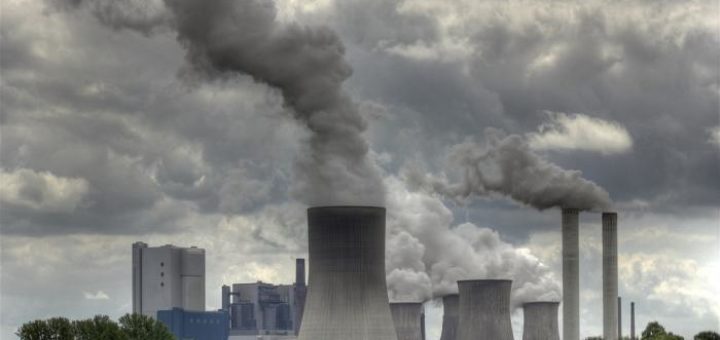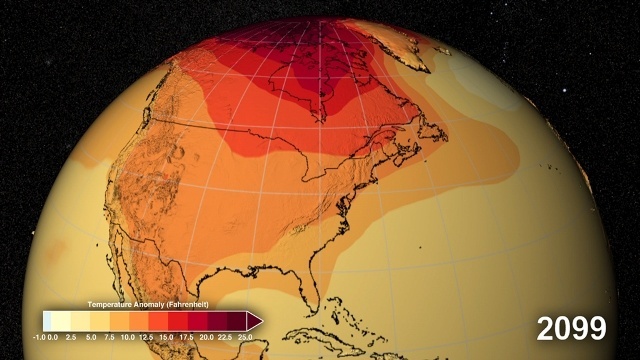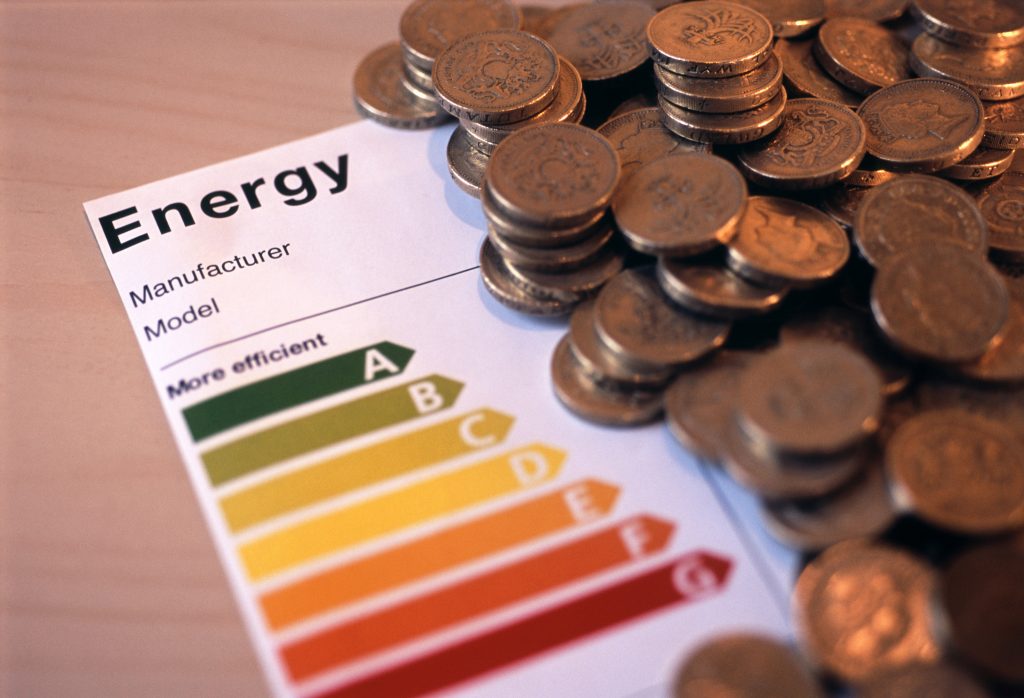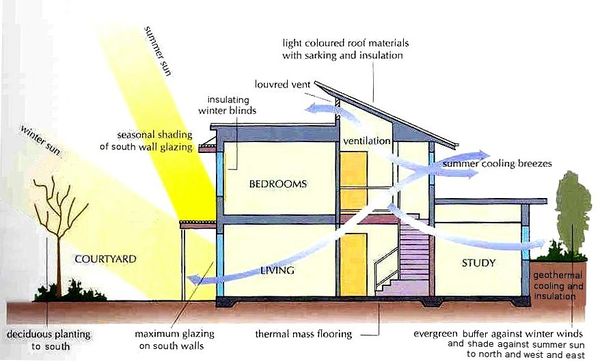Deploying popular renewable energy technologies at scale requires significant amounts of land compared with most fossil fuels. Solar is deployed on rooftops, but increasingly also on agricultural land. Land-use change emissions could be very large if renewable electricity targets are completely met by solar or bioenergy but contains significant regional variability. This study underlines the importance of including land-use impacts in policy assessment, particularly that encourages the large-scale use of solar and bio-energy.
Supplying clean, affordable, and secure energy
The supply and use of reliable and affordable energy in Africa has multiple challenges and opportunities. Improving access to energy would improve people’s quality of life and boost local economies is a prerequisite for achieving many SDGs. Africa has huge potential for renewable energy deployment and stated ambitious plans through their NDC. TRANSrisk project have examined and investigated the potential and state a policy package is needed to realise the continent’s huge renewable potential.
GHG emissions need to be reduced practically to zero by 2050. However, there are currently numerous coal-fired power stations around the world at different stages of construction, and if built and become active, their expected future emissions will make it difficult to reach the targets in the Paris Agreement. Carbon Capture and Storage could reduce future emissions, but its future availability is still highly uncertain.
An assessment of national, regional, and local needs for the implementation and improvement of energy efficiency policies in the EU was conducted regarding policymakers’ needs were identified and analysed to help Member States to implement useful and successful sustainable energy policies. A SWOT analysis was conducted for experiences in the development and implementation of energy efficiency policies at regional and local levels.
Models are tools which help to assess the positive and negative impacts of a low-emission pathway for the country. Interview questions formed the basis for a series of model runs to obtain a better understanding of the implications of the energy efficiency pathway in Poland. The goal of the model run was to shed light on the macroeconomic impacts of investment in energy efficiency in Poland in the built environment.
Institutional, economic, and social contexts influence the formulation and implementation of climate policy instruments. Three categories of contextual factors that are especially relevant to climate change mitigation in EU policymaking: institutions and governance, innovation and investment and attitudes, behaviour, and lifestyle. Different factors or conditions may facilitate or hinder effective policy implementation as so much depends on the institutional, economic, and social contexts. In addition, not only international pressures but also local barriers.
One of the 15 case studies of the EU-funded TRANSrisk project on transition pathways for climate change mitigation strategies is focused on the biogas sector in Indonesia. In this article, we explore the emissions reduction potential of a wider implementation of biogas in Indonesia.
This article assesses the existing Energy Efficiency Obligation Schemes (EEOS) in different EU countries to find good practices and lessons learned that could be implemented in future policy frameworks.
In this article, heat energy transition pathways in the UK, Germany and Sweden have been compared by evaluating empirical to ideal scenarios. Heat energy transition is the core of the energy transition, as heating is currently the most energy-intensive activity in Europe.


